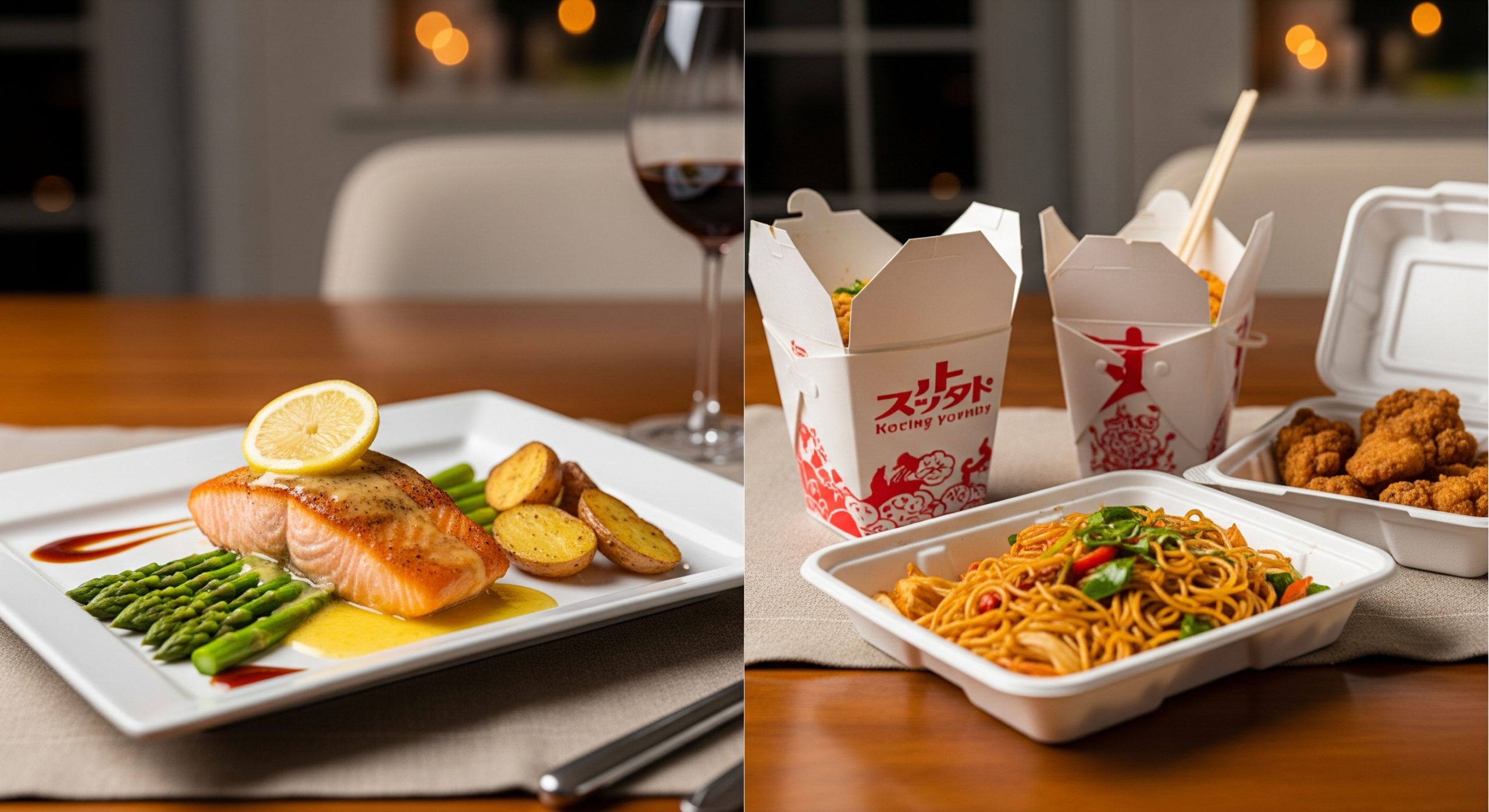
Restaurant-Quality Meals at Home: How Precooked Gourmet Options Compare to Takeout
Let’s be honest – we’ve all been there. It’s 6 PM on a Tuesday, you’re exhausted from work, and the last thing you want to
Cart
No products in the cart.
NEW YEAR SALE ENDS IN
Spend $130, Save $15. Spend $170, Save $20. Spend $200, Save $30.
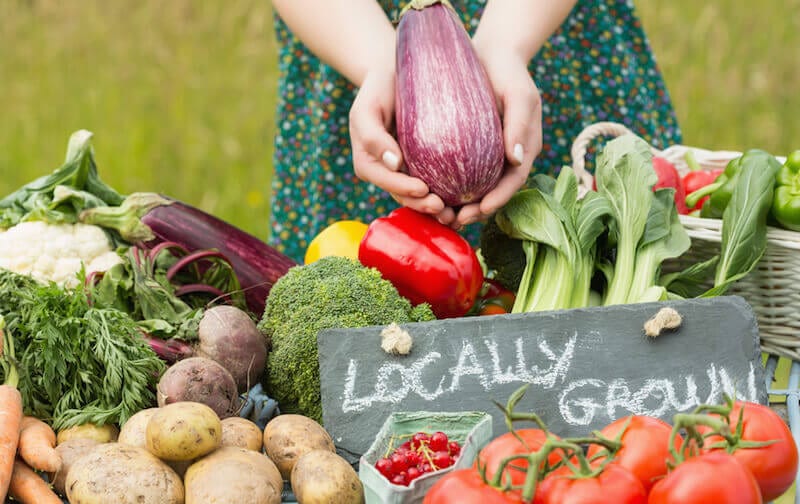
EatFlavorly endeavors to source our ingredients from sustainable origins. But what does sustainable food really mean? The American Public Health Association (APHA) defines a sustainable food system as one that provides healthy food to meet current food needs while maintaining healthy ecosystems that can also provide food for generations to come, with minimal negative impact to the environment. In other words, the idea of sustainable food is built on principles that further the ecological, social and economic values of a community as a whole. Meanwhile, sustainable eating is about choosing foods that are healthful to our environment and our bodies. How can you tell your food source is sustainable? Here are 6 tell-tale signs:
Unlike organic food, sustainability does not appear on the package labeling. However, “Sustainable agriculture” was addressed by Congress in the 1990 “Farm Bill.” Under that law, the term sustainable agriculture means an integrated system of plant and animal production practices having a site-specific application that will, over the long term achieve a number of benefits. Firstly, satisfy human food and fiber needs. Secondly, make the most of nonrenewable and on-farm resources and integrate natural biological cycles and controls. Finally, enhance the natural resource base, the economic viability of farm operations and the environmental quality upon which the agricultural economy depends. In summary, sustainable practices are observable and measurable via economic profit, social benefits for the community, and environment.
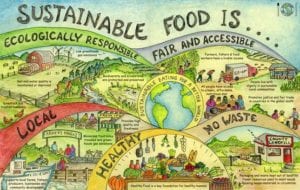
Bigger doesn’t mean better when it comes to sustainable farming. A sustainable farmer may own less land and grow diverse crops to help enhance the soil and conserve land resources. A sustainable farmer might also experiment with vertical planting or allow animals to graze on cropland to save space. In other words, small-scale farming is a natural outgrowth of sustainable agriculture, which is essentially agriculture that produces abundant food without depleting the earth’s resources or polluting its environment. In conclusion, it is agriculture that follows the principles of nature to develop systems for raising crops and livestock that are, like nature, self-sustaining.
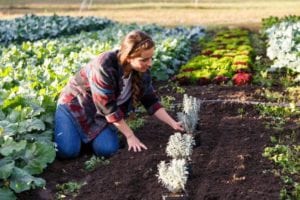
Sustainable farming and processing methods prioritize water conservation. For example, this may include using reclaimed water for some crops, planting drought-tolerant crop species, or using reduced-volume irrigation systems. The US Department of Agriculture’s National Organic Program (NOP) policy permits reclaimed water to hydrate crops. Water conservation contributes to Sustainable Intensification by allowing water to be used efficiently. As a result, higher agricultural production occurs throughout the year and improved resilience to drought, improving farmers’ livelihoods and food security.
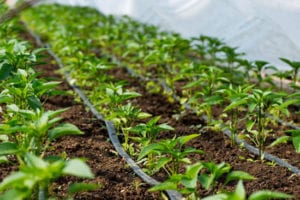
Sustainable food farmers and processors favor the use of renewable energy, knowing that non-renewable energy is finite and won’t go on forever. A sustainable food system may rely partially on alternative energy sources such as wind, solar, or water-based power. Many farmers already produce renewable energy by growing corn to make ethanol. Similarly, an increasing number of farmers and ranchers are now adding to their incomes by harvesting the wind that blows across their land to make electricity. And new options are becoming available.
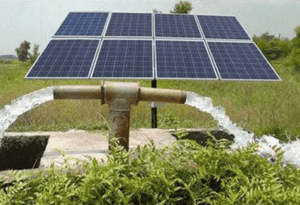
Raising animals in crowded, enclosed spaces—a standard practice in America today—is seen as efficient and profitable, but these facilities often have unsanitary conditions that are inhumane for the animals. In a sustainable livestock system, a farmer considers the well-being of livestock and will provide ample outdoor space so that animals can root, peck, and graze naturally. In addition, animals will enjoy a more comfortable indoor space. Sustainable ranches create conditions that are much closer to the way cows, pigs and chickens might live in nature. In this way, animals have access to the outdoors and live on open pasture for as much time as possible, where they can forage, run and wallow in mud. Likewise, slaughter is carried out in ways that reduce stress and create a respectful environment right up to the end of the animal’s life.
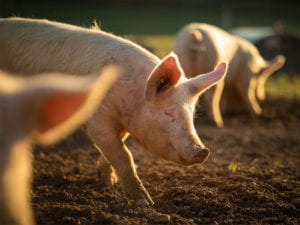
Sustainable food is enhanced by sustainable packaging. While this uses the least amount of resources necessary, ideally, it should be 100% recyclable, compostable, or biodegradable and printed with eco-friendly inks as well. One simple move is to choose glass over plastic. Plastic containers, made with non-renewable petroleum, are less eco-friendly than fully recyclable glass containers. Here are some more examples of sustainable packaging:

We believe in the concept of sustainable food and packaging. Consequently we make an effort to source our meat and vegetables sustainably where possible. For example, the cardboard box we use to deliver our food is recyclable, and the liner contents are made of recycled water bottles. In addition, our sleeves, labels, and meal trays are recyclable and are BPA-free. We hope that you will partner with us in our commitment to support economic, social and environmental prosperity.
https://www.ecoandbeyond.co/articles/food-sustainability/.
https://www.eatright.org/health/lifestyle/culture-and-traditions/sustainable-eating.
https://www.thedailymeal.com/healthy-eating/what-sustainable-food-and-why-and-how-should-you-cook-it-slideshow.
https://www.thebalancesmb.com/difference-organic-sustainable-food-2538316.
https://www.crcresearch.org/sites/default/files/u641/definition_of_a_sustainable_food_system.pdf.
https://www.marthastewart.com/1076115/beyond-organic-just-what-sustainable-food.
https://www.hsph.harvard.edu/nutritionsource/sustainability/.
https://kindling.org.uk/sustainable-food-definition.
https://www.huffpost.com/entry/what-is-sustainable-food_b_428570.

Let’s be honest – we’ve all been there. It’s 6 PM on a Tuesday, you’re exhausted from work, and the last thing you want to
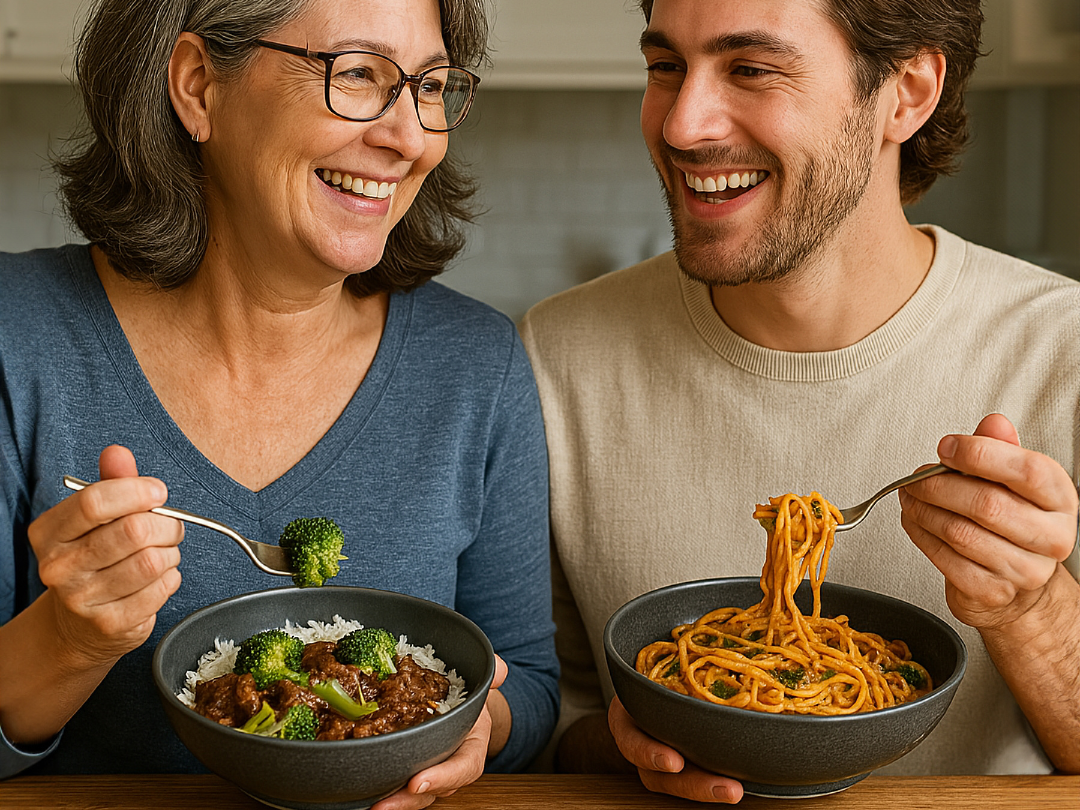
We’ve all been there—it’s the end of a long day, and the last thing you want to do is cook. The automatic response? Open a
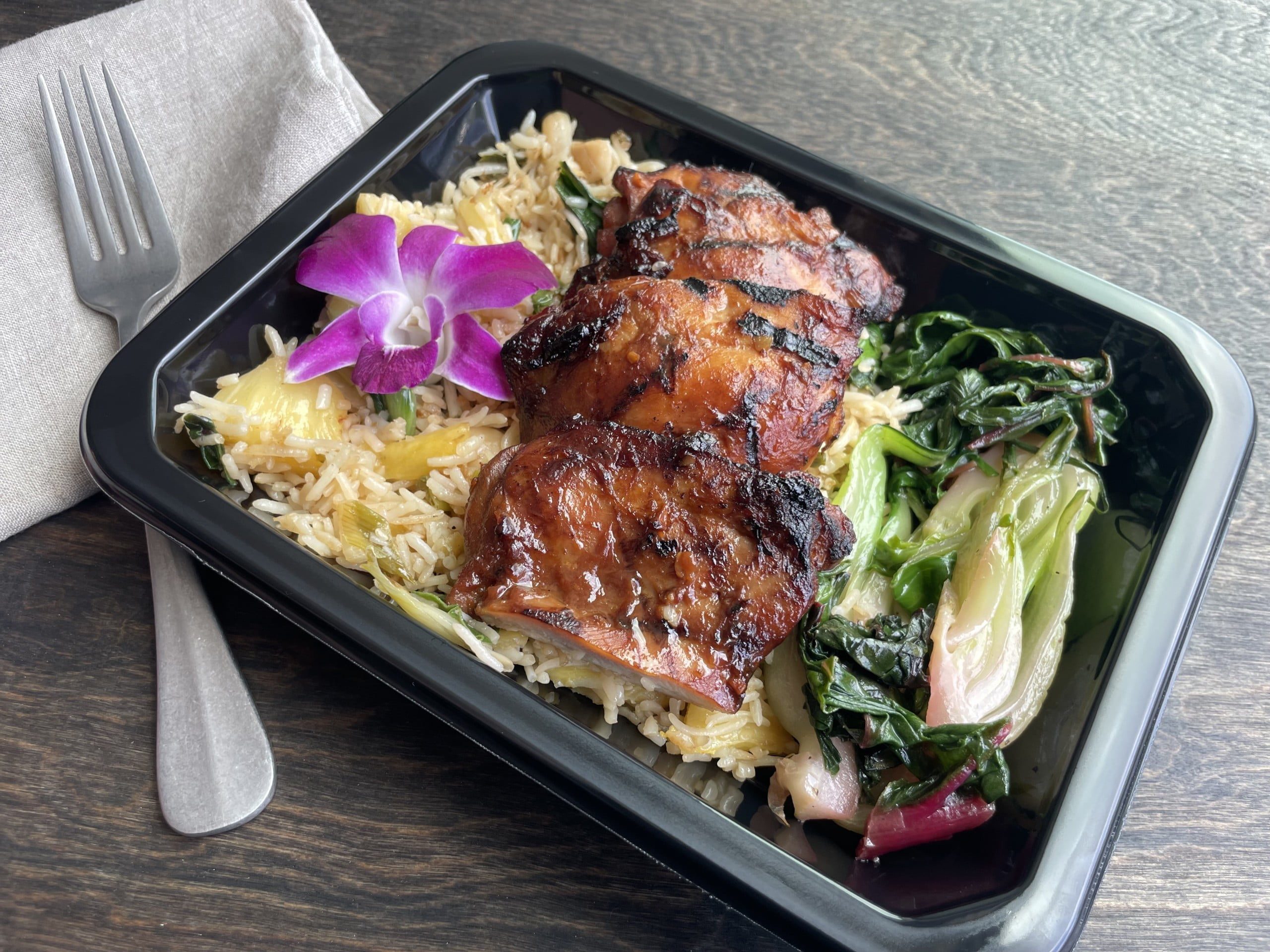
Summer just got here, and this heat already has us dreaming of a sweet island getaway. That’s why this month we turned to the beautiful
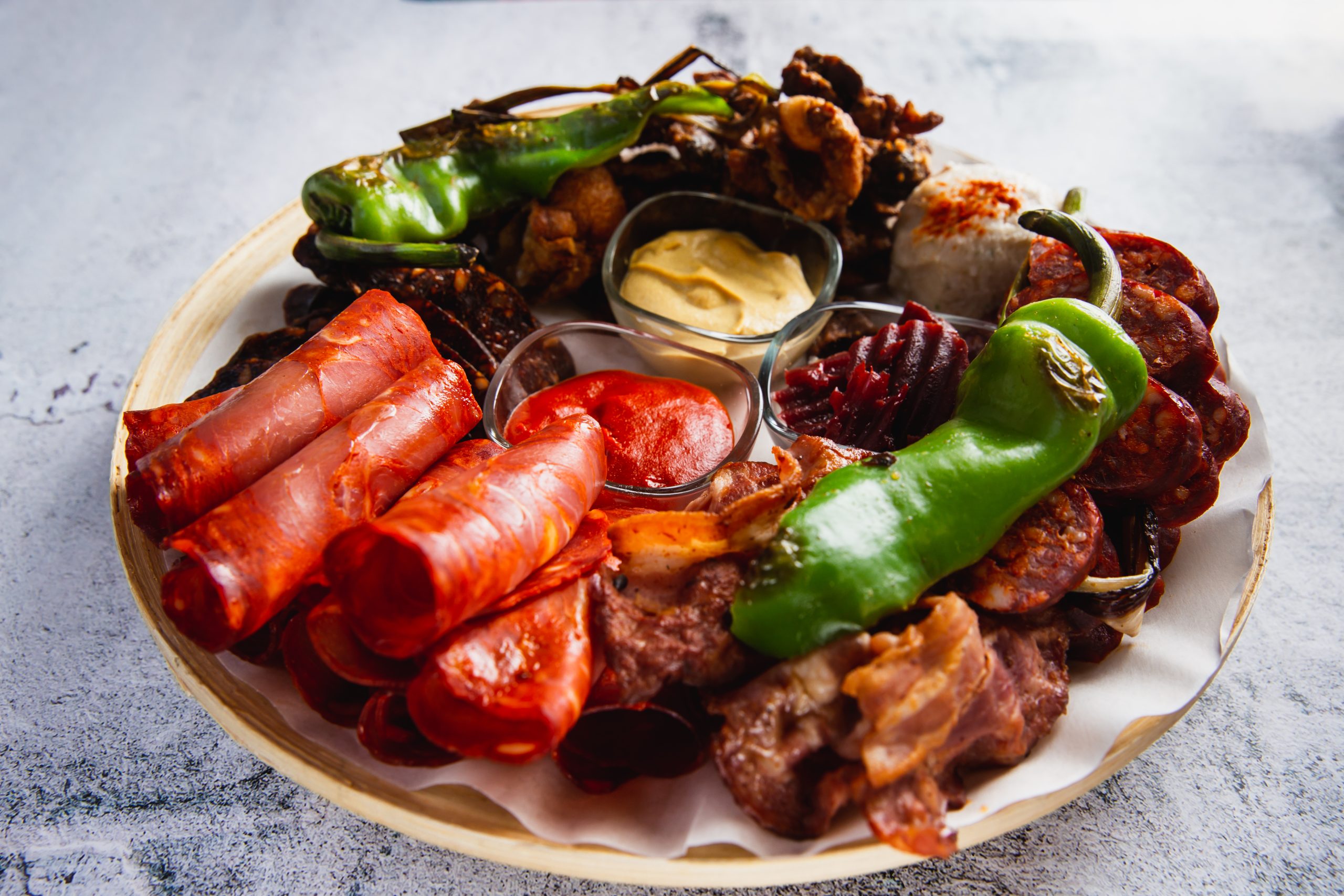
Check out how EatFlavorly utilizes Mexican meats and so many more in our scratch-made meals over at Our Menu! With Cinco de Mayo